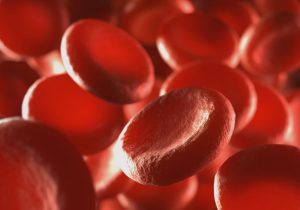Blood clots are normally useful. Clotting stops blood from leaking out when you receive a cut or injury. When a clot happens in a vein, however, it can pose a serious health risk. Although it’s impossible to tell if a blood clot has formed without a medical examination, knowing the signs can help you decide if you need immediate medical intervention.
Blood Clot Signs in the Limbs
Clots happen most commonly in the lower leg. If you experience swelling of the limb, especially if it’s accompanied by a sharp, stabbing pain, you may have a clot. You may also notice a reddening of the skin in the affected area. Varicose veins are sometimes associated with clots as well, so be sure to talk to your doctor about them.
Blood Clot Signs in the Chest Area- Heart and Lungs
A blood clot in the chest area is more worrying. While a stationary clot in a limb is fairly harmless, a clot in the heart or lungs can stop or slow blood flow to critical areas, causing serious damage. A clot in the chest area may cause sudden, sharp or stabbing pain. A hacking cough, and even coughing up blood or mucus may indicate a clot. If you suffer sudden, sharp pain, especially when inhaling, a dry, hacking cough, or suspect you may have a blood clot in the chest area, seek medical help immediately.
Blood Clot Signs in the Head
Fever, sweating, extreme fatigue, or a sudden, sharp pain in the head may accompany a blood clot in the brain. Any of these symptoms should be assessed immediately by a doctor. Don’t hesitate to seek medical care if you’re experiencing these or other symptoms that come on suddenly.
If you have any further questions do not hesitate to contact us!


